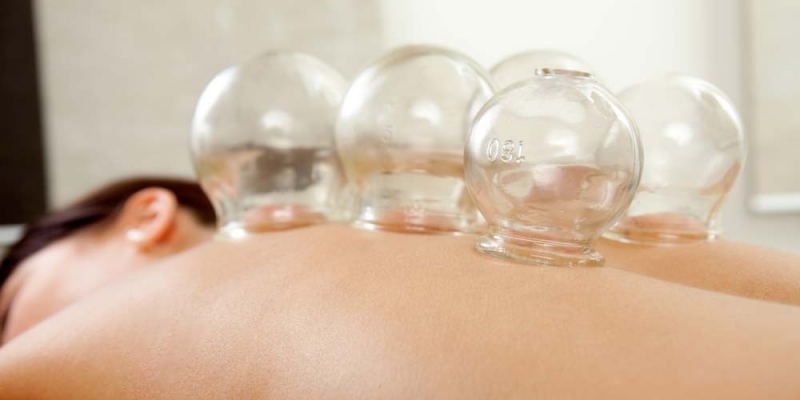How This Olympic Craze Can Help You Beat Back Pain
Ever since swimmer Michael Phelps showed up at the Olympics looking like he’d gone ten rounds with a plunger, cupping has become the hot new trend in alternative health.
Phelps is just one of several athletes at the games sporting the telltale circular purple-red marks of cupping. Olympic gymnasts and wrestlers are also using the treatment. They say it fights soreness and helps their muscles warm up before competition.
Cupping is a healing technique that has been popular in China for thousands of years. Specialized cups are placed on the skin. Then either heat or an air pump is used to create suction. The skin is lightly pulled up from the underlying muscles.
The suction is typically applied for only a few minutes. But it’s enough to cause capillaries at the skin surface to rupture. It’s not painful, but it creates the circular bruises visible on Phelps and other athletes.
Athletes say it keeps them injury-free and speeds recovery. Some Hollywood celebrities have also taken to the craze, including Gwyneth Paltrow and Jennifer Aniston.
But is there any evidence it works?
Cupping: Natural Relief for Back Pain
In 2011, the journal Evidence-Based Complementary and Alternative Medicine reviewed seven randomized clinical trials testing cupping. They found no evidence that cupping improves athletic performance or recovery from workouts.
Nor are there any findings verifying other claims from cupping practitioners that it improves digestion, skin health, immunity, or fights depression.
But they did find evidence that it relieves one common and debilitating condition: lower back pain.
A Chinese study found that cupping works better than nonsteroidal anti-inflammatory drugs (NSAIDs) on back pain. NSAIDs include aspirin, ibuprofen (Advil), and naproxen (Aleve).
Another study published in the journal Complementary Therapies in Medicine showed that cupping was slightly more effective in reducing back pain than pain relievers combined with physical therapy.
Cupping is often used along with chiropractic care, acupuncture, and/or massage therapy to relieve back pain. The cups are typically left in place for five to 15 minutes. The circular bruises go away after about a week. The treatment has no other side effect other than these marks, which are purely cosmetic.
Cupping
To find a cupping therapist in your area, go to the website of the Massage Cupping Practitioners Association.
Back pain is the single leading cause of disability worldwide. Surgery is risky and often ineffective. Painkilling drugs can be addictive—and there’s little evidence they work.
Unlike these mainstream “remedies,” cupping will do no harm. It has helped patients for more than 3,000 years.
Dr. Brent Bauer is director of the Mayo Clinic Complementary and Integrative Medicine Program. He says he has back patients who swear by the practice.
“In the hands of a good practitioner who’s not just using it as a gimmick but part of an overall treatment program, I’ve had many patients use it successfully,” Dr. Bauer said. “They’ve seen the benefit.”








